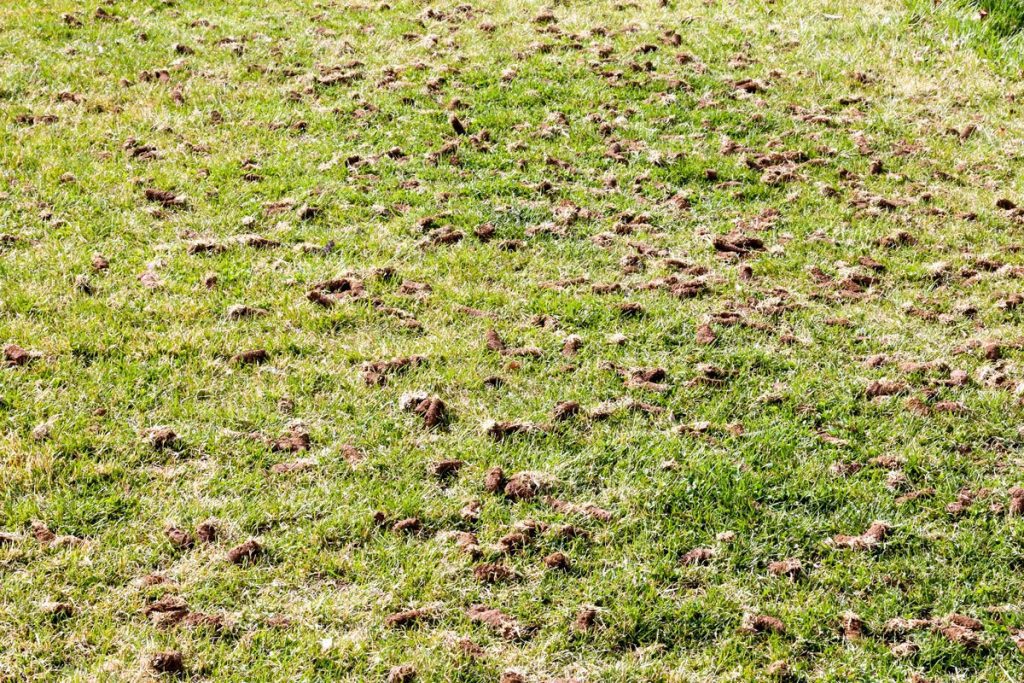
For property owners, a beautiful lawn is a point of pride. It’s the first impression people have when approaching your home or business, making a beautiful lawn worth the work. While most people regularly mow, weed wack, fertilize, and edge their lawns, aeration is a lesser-utilized but no less important part of a healthy and lush lawn.
What is Aeration?
Proper lawn care starts with fulfilling a lawn’s basic needs: water and air. Aeration is the simple act of creating small holes through the lawn to allow water, air, and other nutrients to enrich the soil.
Aeration Reduces Soil Compaction and Thatching
You’re probably familiar with “Do not step on grass” signs in public places. These have a purpose – to prevent soil compaction. Compaction causes soil erosion and impairs your lawn’s ability to accept the flow of air and water. For those with large lawns this usually turns out to be unavoidable. Whether it be playing lawn games, lounging outside in the sun, kids playing, or simply walking across it, people compact the grass on a regular basis just through our regular activities.
Aeration solves this by relieving the compaction and opening space that allows air to get to the roots and encourage water drainage. Regular aeration is required to make sure soil compaction and eventual thatching do not destroy the lawn.
Aeration Improves Air, Water, and Fertilizer Absorption
Once lawn compaction is relieved, your lawn can breathe again. These punctures create a path for air, water, and fertilizers to enrich the soil. It is a best practice to fertilize immediately after aeration because it ensures those essential nutrients penetrate through the lawn and into the soil. Without professional aeration, the lawn will fail to receive the maximum benefit from those vital nutrients.
Aeration Creates Strong Roots and Reduces Pooling and Run Off
Aeration is essential for ensuring the healthy strength of grass roots and the reduction of pooling. Though we don’t think about it often, grass is a series of plants living side by side across a wide space. It can get congested and create mismatched growth. Routine aeration allows grass roots to grow properly within their own space in the soil.
The reduction of pooling and runoff is one of the most critical effects of aeration. Heavy thatch prevents water from properly reaching the soil beneath where it is absorbed. So what happens to the excess water from rainfall? It creates a pool on the surface of the lawn, killing the grass and the roots underneath. Or, the water creates runoffs from hills and valuable nutrients in rainwater are moved away from the soil. A properly aerated lawn provides paths for that water to flow into the soil, providing nutrients and preventing lawn damage.
How can I properly aerate my yard?
The proper equipment and time to aerate a yard differs greatly depending on how big your yard is and what kind of soil is beneath the surface. If you think it’s time to check if your lawn is properly aerated give us a call at 1-(207) 712-5554 or email us at info@acyardservices.com. We would love to show you what we can do to make sure your lawn is lush and healthy.